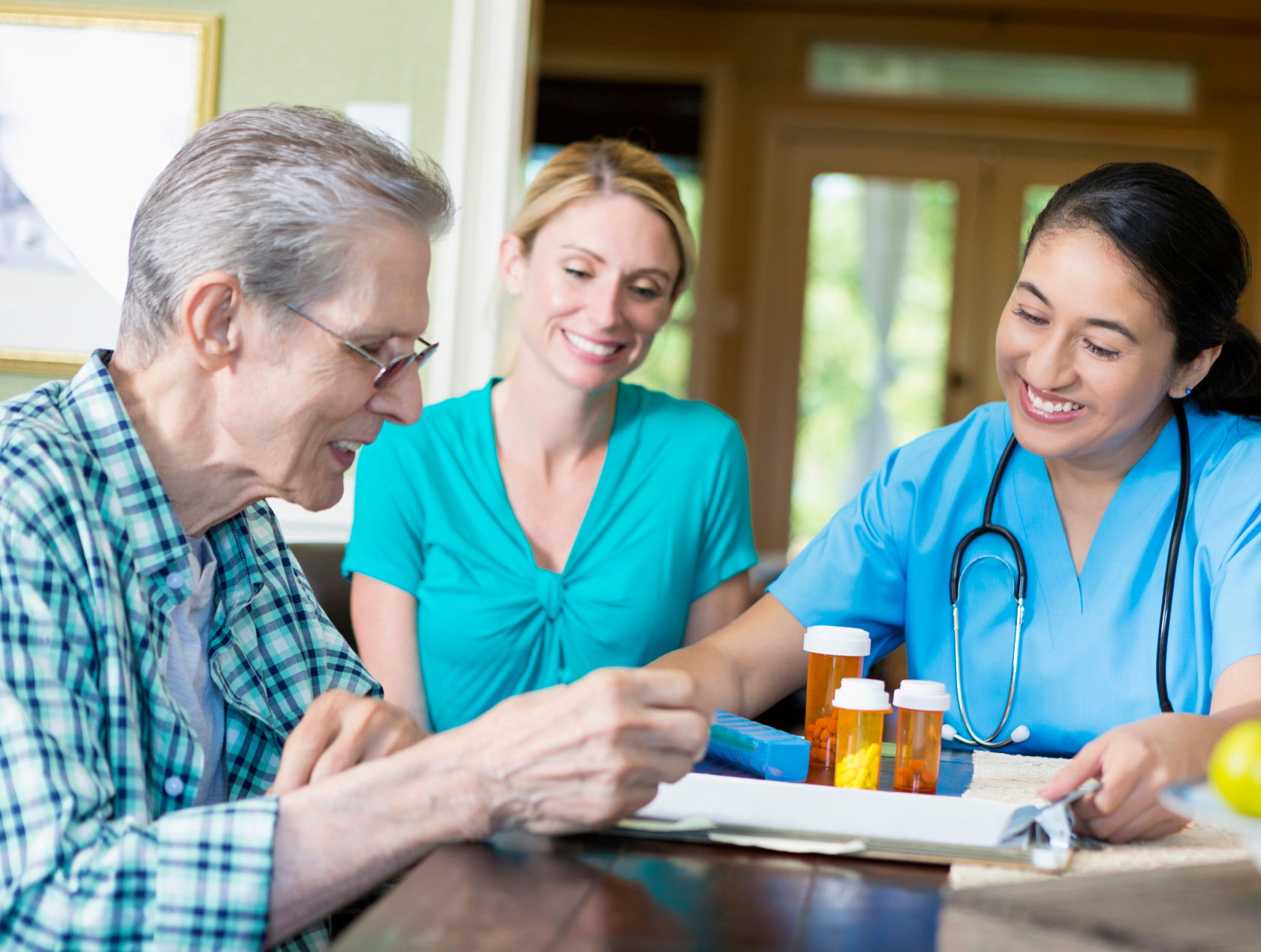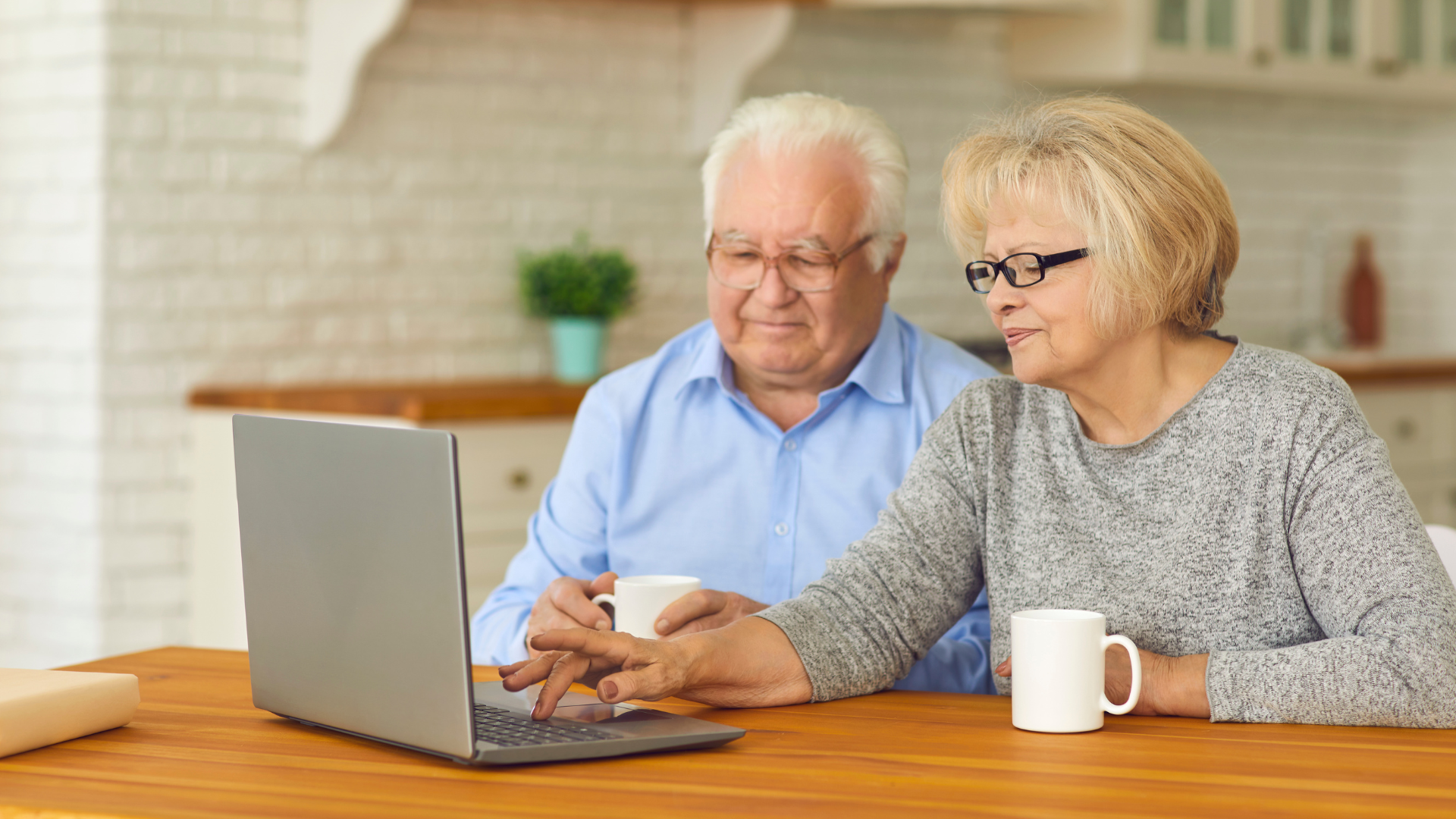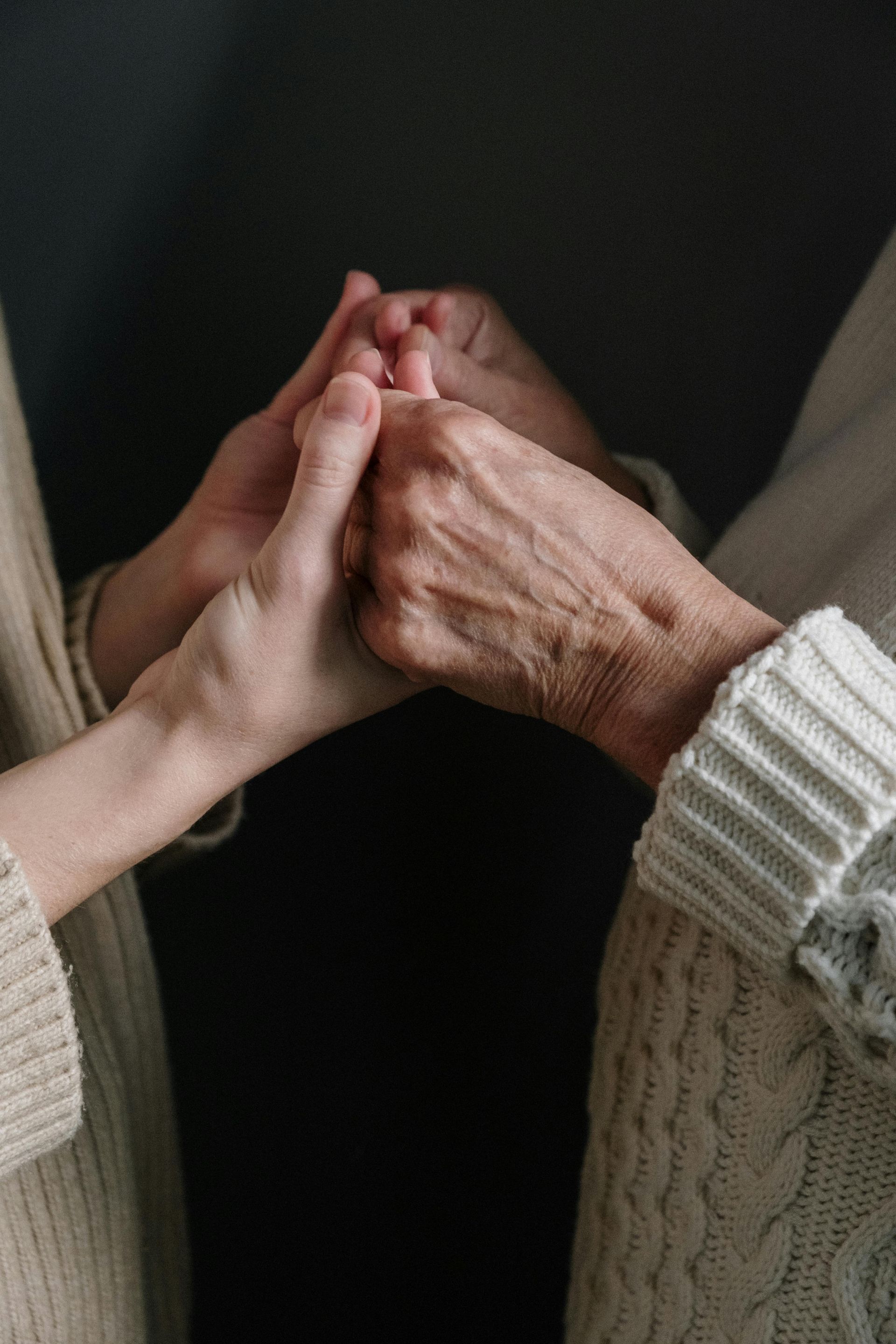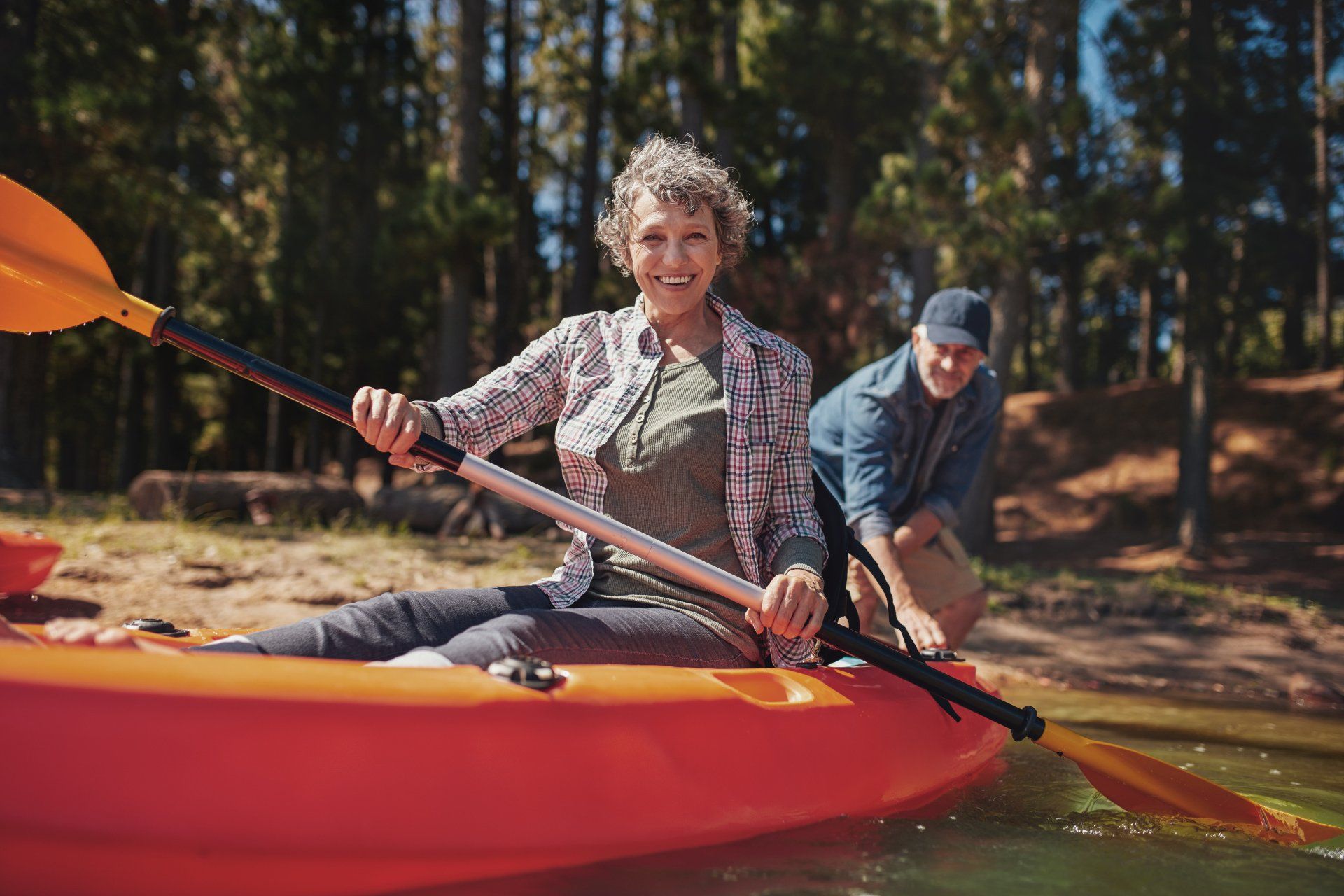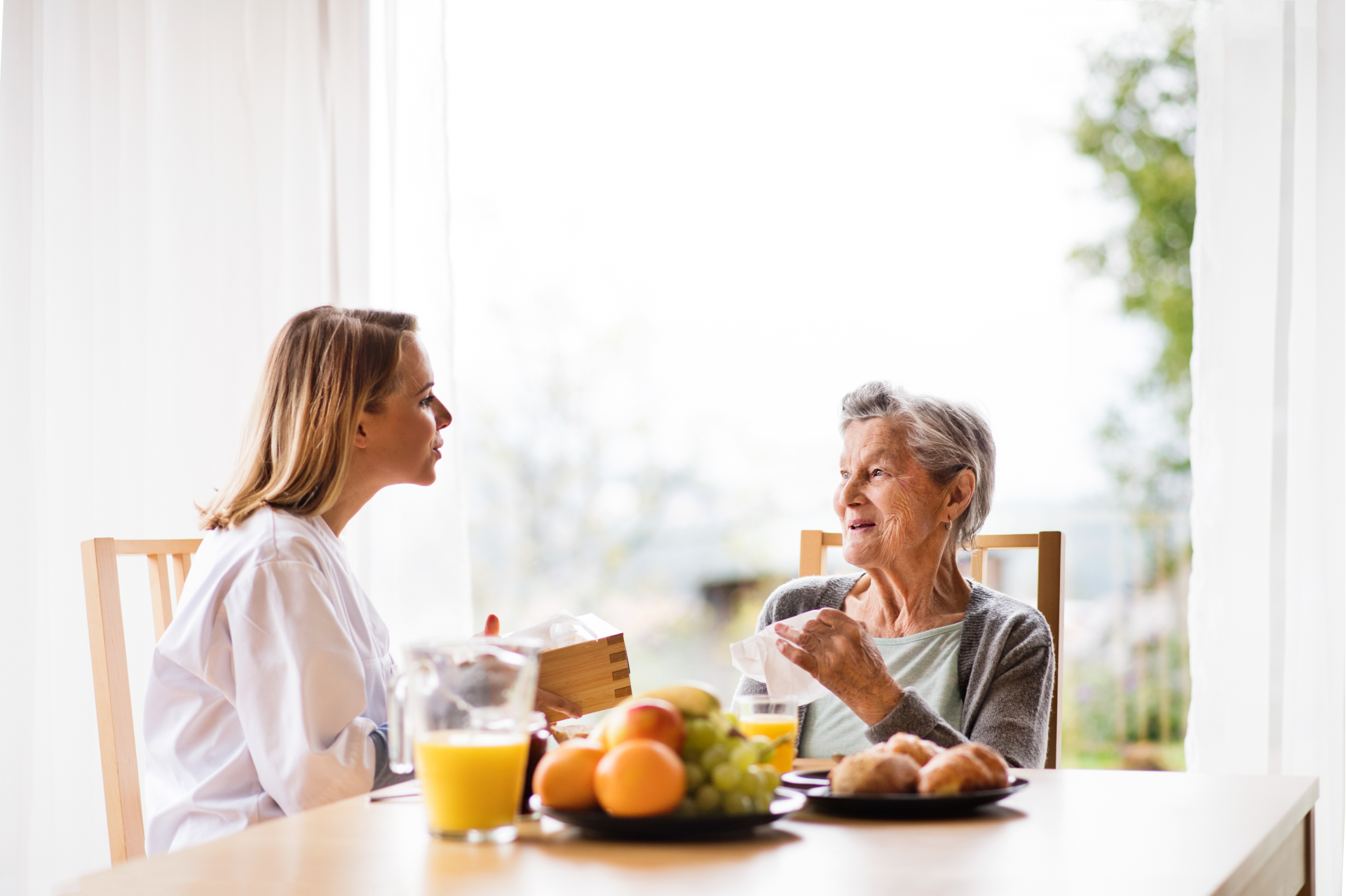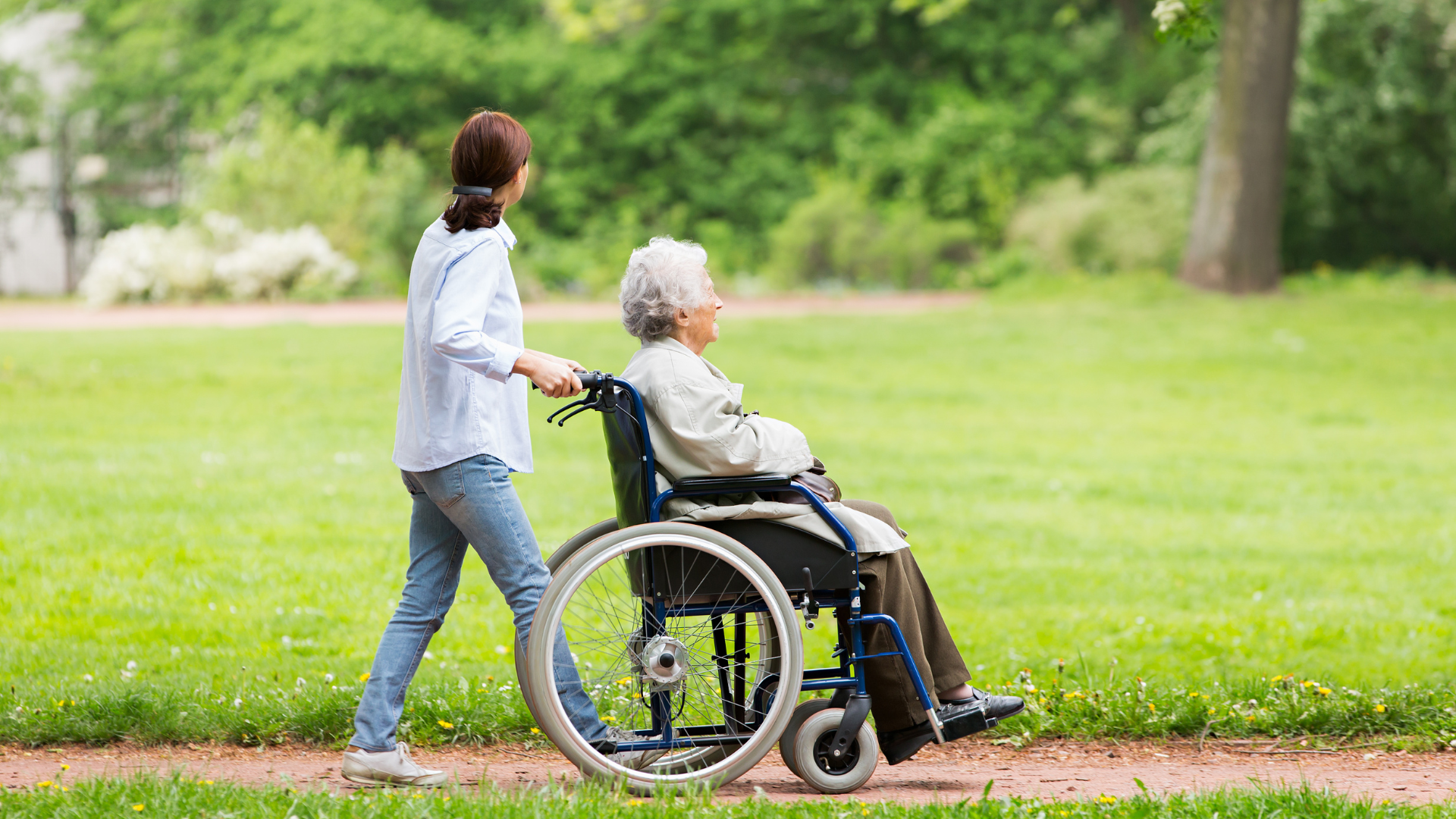Creating a Safe Haven: Fall Prevention and Accessibility for Older Adults
As we age, our homes should evolve to meet our changing needs. Preventing falls and improving accessibility are crucial for older adults.
Our bodies go through various changes that can impact balance, strength, and mobility. For older adults, the risk of falling increases significantly, making it crucial to create a safe, accessible environment that minimizes these risks. By addressing fall prevention and enhancing accessibility in the home, we can help older adults maintain their independence and quality of life while reducing the risk of injury.
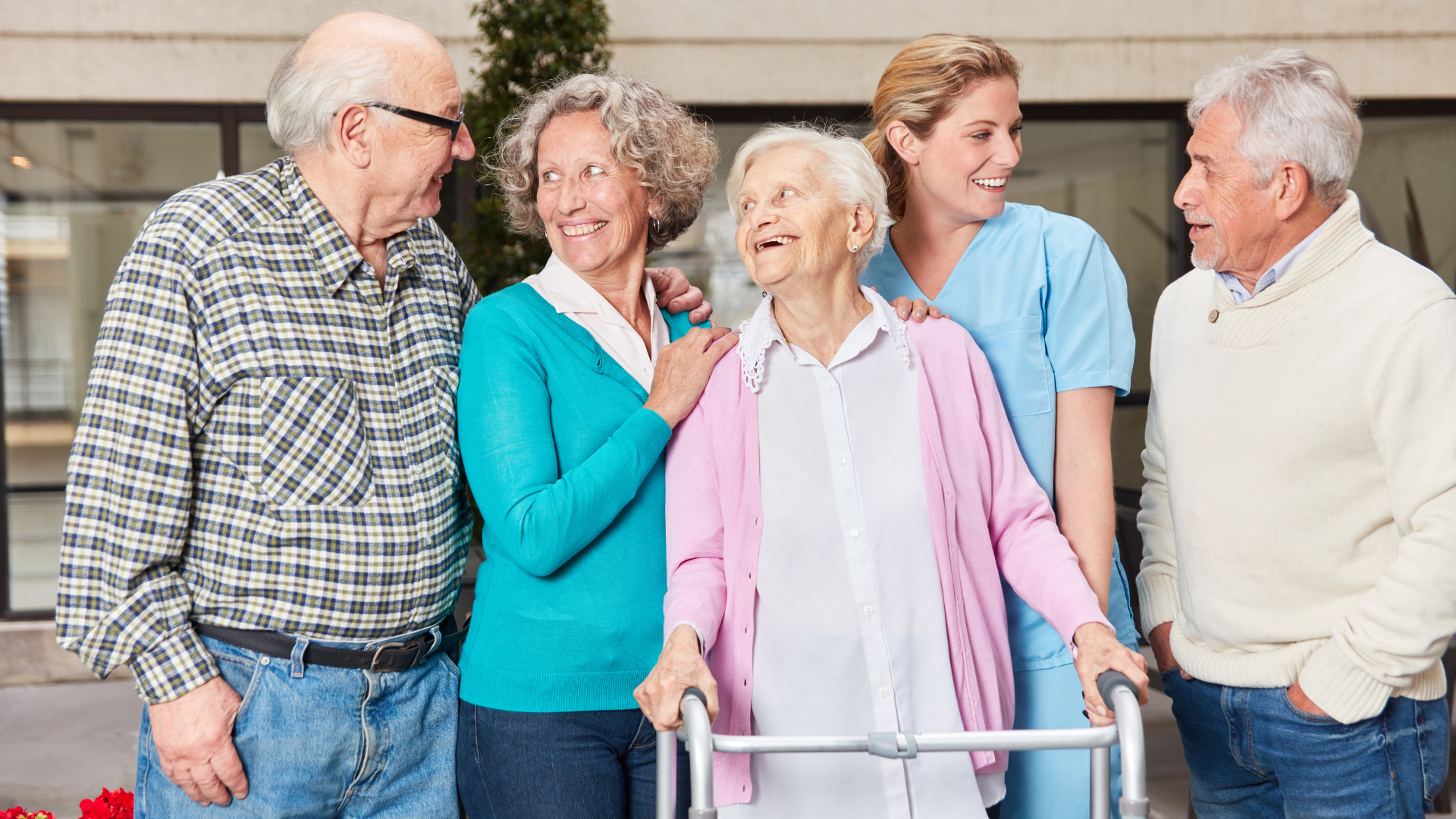
The Importance of Fall Prevention
Falls are a leading cause of injury among older adults, often leading to serious consequences such as broken bones, head injuries, and a decreased ability to perform daily activities. The fear of falling can also lead to a loss of confidence, which may result in reduced physical activity, further increasing the risk of falling. Fortunately, fall prevention strategies can significantly reduce the likelihood of falls and improve the safety of older adults at home.
1. Identifying and Addressing Common Fall Hazards
Many falls can be prevented by identifying potential hazards in the home. Common fall risks include:
- Cluttered Floors: Loose rugs, electrical cords, or furniture in walkways can create tripping hazards. Keeping the floor clean and clear is essential.
- Poor Lighting: Inadequate lighting in hallways, stairways, and bathrooms can make it difficult for older adults to see potential hazards. Adding brighter lights or motion-sensor lights can improve visibility.
- Slippery Surfaces: Bathrooms and kitchens can be particularly hazardous due to wet or slippery floors. Non-slip mats, grab bars, and shower chairs can prevent slips and falls.
2. Making the Home More Accessible
In addition to fall prevention, accessibility features can improve the overall comfort and independence of older adults. Key accessibility modifications include:
- Ramps and Handrails: Installing ramps for easy wheelchair or walker access and adding handrails to staircases can help individuals move more easily and safely throughout the home.
- Wider Doorways: Making sure that doorways are wide enough to accommodate walkers or wheelchairs can help prevent accidents and make it easier to move through the house.
- Lever Handles: Replacing traditional door knobs with lever handles makes it easier for individuals with arthritis or limited hand strength to open doors.
3. Fall Prevention Through Strength and Balance Training
Incorporating exercise into daily routines can significantly reduce the risk of falls. Simple exercises aimed at improving strength, flexibility, and balance, such as tai chi or chair exercises, can help older adults maintain their mobility. Regular physical activity strengthens muscles, enhances coordination, and boosts confidence, all of which help in fall prevention.
4. Technology and Smart Devices for Enhanced Safety
Incorporating technology can also play a role in fall prevention. Wearable devices, such as personal emergency response systems (PERS) and fall detection devices, can alert loved ones or caregivers if a fall occurs. Additionally, smart home systems, like motion sensors, automated lights, and voice-activated assistants, can improve safety and accessibility by making it easier for older adults to navigate their homes without the need for physical adjustments.
5. Regular Checkups and Medication Review
Regular checkups with healthcare providers are essential for ensuring that an older adult’s health conditions are managed and that medications do not contribute to fall risks. Certain medications, particularly sedatives, painkillers, and antidepressants, can cause dizziness or drowsiness, increasing the risk of a fall. A doctor or pharmacist can review medications to ensure they are not contributing to the risk of falls.
6. Education and Training for Caregivers
For those who care for older adults, education on fall prevention strategies and accessibility needs is key. Caregivers should be trained to recognize fall risks, assist with mobility, and implement safety measures around the home. This support can help ensure that older adults have the best chance of staying safe and independent for as long as possible.
Conclusion
Creating a safe and accessible environment for older adults is not only about reducing the risk of falls but also about fostering a sense of independence and confidence. By making simple modifications to the home, encouraging physical activity, and leveraging modern technology, we can create a safe haven that enhances the well-being of older adults.
Remember, small changes today can lead to a safer tomorrow, giving older adults the opportunity to live with dignity and confidence.
Contact us today to schedule a consultation and learn how we can help create a safer, more accessible environment for older adults. Let us guide you in making your home a true safe haven for those who matter most.



